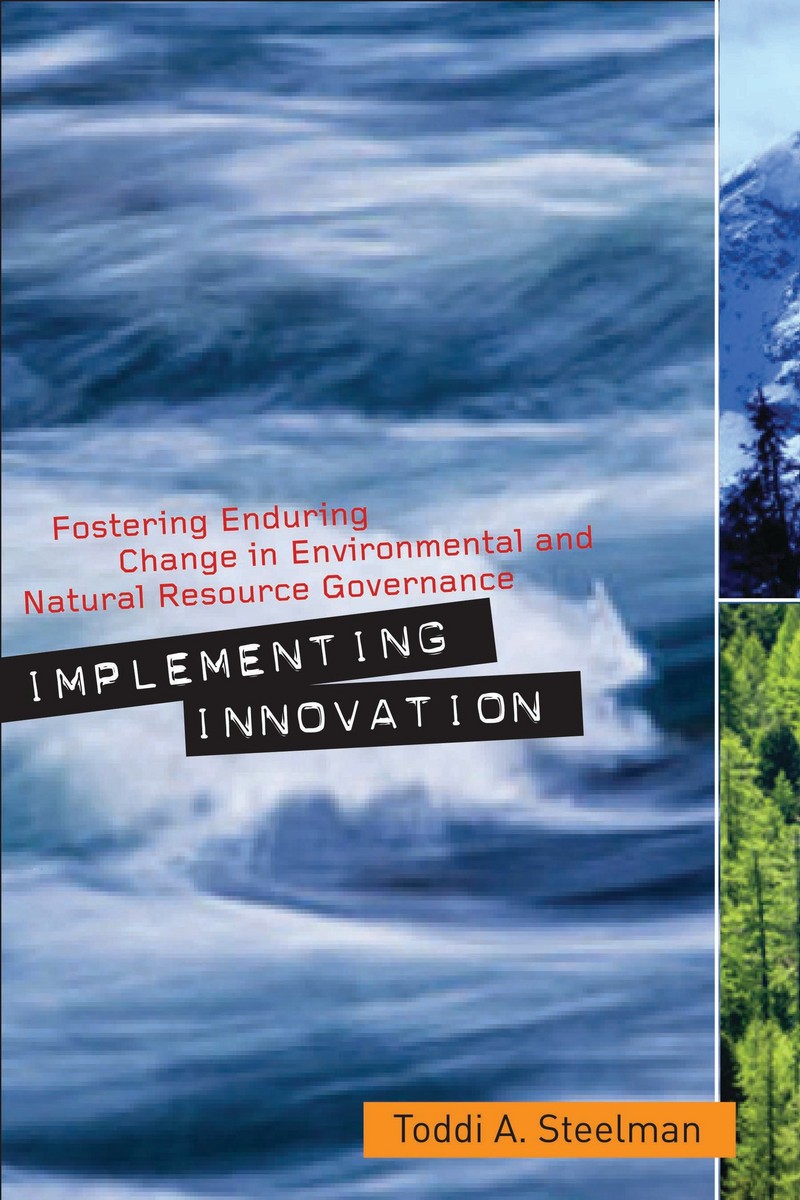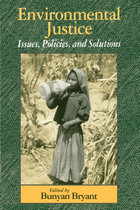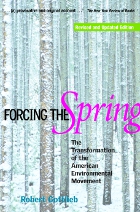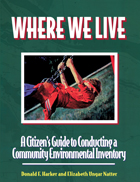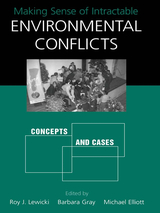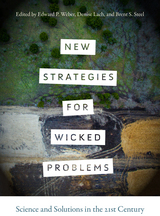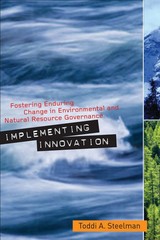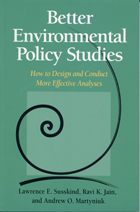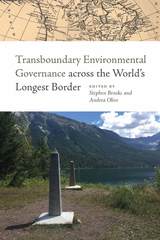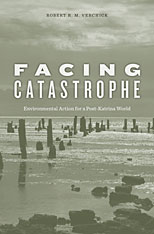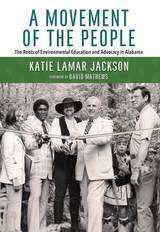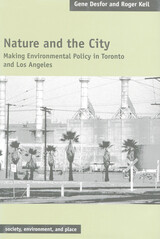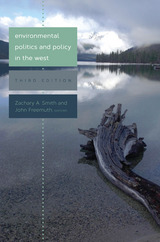Paper: 978-1-58901-627-9 | eISBN: 978-1-58901-670-5
Library of Congress Classification GE180.S73 2010
Dewey Decimal Classification 333.72
Over the past three decades, governments at the local, state, and federal levels have undertaken a wide range of bold innovations, often in partnership with nongovernmental organizations and communities, to try to address their environmental and natural resource management tasks. Many of these efforts have failed. Innovations, by definition, are transitory. How, then, can we establish new practices that endure?
Toddi A. Steelman argues that the key to successful and long-lasting innovation must be a realistic understanding of the challenges that face it. She examines three case studies—land management in Colorado, watershed management in West Virginia, and timber management in New Mexico—and reveals specific patterns of implementation success and failure. Steelman challenges conventional wisdom about the role of individual entrepreneurs in innovative practice. She highlights the institutional obstacles that impede innovation and its longer term implementation, while offering practical insight in how enduring change might be achieved.
See other books on: Conservation of natural resources | Environmental Policy | Forest policy | Public Affairs & Administration | Soil management
See other titles from Georgetown University Press
